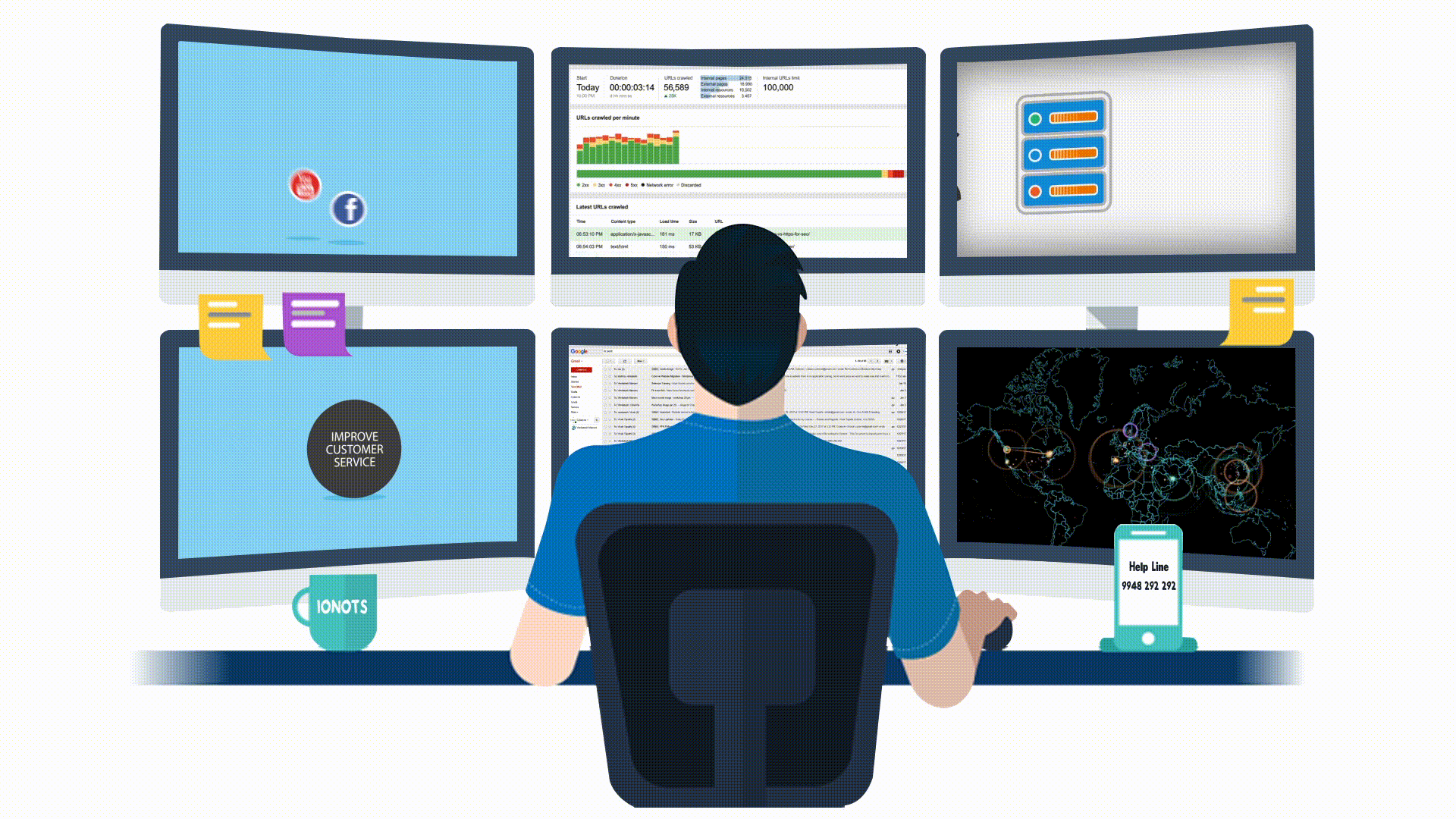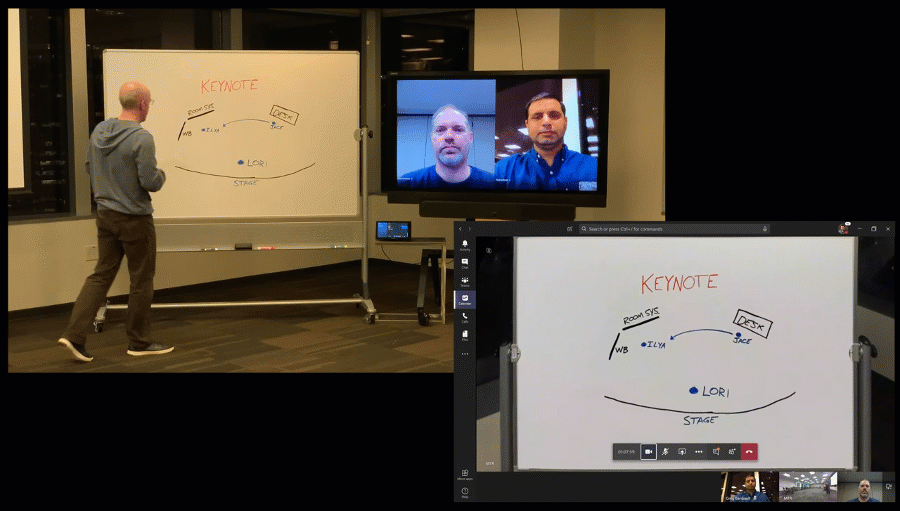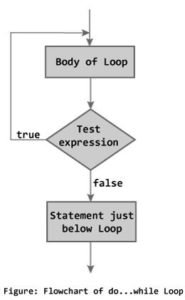2022 has seen a huge increase in both the number of data science applicants and also future aspirants all around the world. In India alone, LinkedIn, the global job search leader, announced a 25% spike in data science professionals as compared to 2021, and that is a huge number by a number of standards.
But one of the most common questions that ponders the mind of data science aspirants most often is why they should learn Python to get an edge in this profession?
Thus if you are planning for a career in data analytics and artificial intelligence in the future, and too have this question in your mind, in this article, we will answer exactly that.
Let’s get started.
Why Is Python Important for Data Science?
At the present moment, there are more than 35 different programming languages that are actively used by developers and coders all around the world. But among all of these, Python is undeniably one of the most versatile and well equipped, especially in the field of data science.
The reason behind this is simple; if you take a look at some of the most common tasks that are executed by a data scientist on an everyday basis, starting from data extraction and ELT (Extraction, Loading, and Transformation) all of them require a solid knowledge of Python coding and operation.
Along with this, another important reason why Python is so often relied upon as the go-to programming language for data science professionals is the fact that it comes with a suite of different packages, starting from SciPy, NumPy and pandas, which make complicated and time-consuming tasks easier, more efficient and effortless.
For instance, Matplotlib, which is one of the leading Python packages, is often used by data science professionals when they want to include visualizations or any sort of graphics in their simulations.
If all of this is not enough good reason, as to why you should learn Python
 To get an edge for your career in artificial intelligence, here are some of the biggest advantages of the standalone programming language in itself.
To get an edge for your career in artificial intelligence, here are some of the biggest advantages of the standalone programming language in itself.
Advantages of Python
Easy to Learn
If you are a beginner at coding and you are looking for a programming language that is easy and fast to learn, then Python should be your choice.
The programming language has been around since the late 1980s and has thus undergone several developments and improvements in the last couple of years, which has made the current version extremely user and beginner friendly to learn and execute.
Since data science is such a fast-paced career, where developments are literally happening overnight, the need for a language that is easy and fast to learn is a no-brainer, thus making Python one of the most obvious choices.
Scalable
When you would have spent a considerable amount of time coding, one of the first things you will realize is the fact that Python as a programming language is immensely scalable. Compared to programming languages like Matlab and Stata, which are industry leaders in their own might, Python makes it very simple and straightforward for anyone to scale. The language comes inbuilt with a suite of features that allows you to have multiple approaches and perspectives to solve the same problem, along with having a wide range of flexibility to try out new things as and when they are developed.
 The scalability aspect of Python is the second reason why companies prefer their data science professionals to know Python. Scalability is immensely important in both data science and artificial intelligence, mainly because of the fact that new discoveries are being made on the regular.
The scalability aspect of Python is the second reason why companies prefer their data science professionals to know Python. Scalability is immensely important in both data science and artificial intelligence, mainly because of the fact that new discoveries are being made on the regular.
Conclusion
Thus, if you want to give your career in data science an edge, now is the time to start enrolling for an Artificial Intelligence Training that comes packed with a course in Python.
We offer analytics and artificial intelligence courses at our centers in Mumbai, Thane, Pune, Jaipur, Delhi, Gurgaon and Bangalore.



 In order to drive more informed investing procedures and resourcing methods along with increased efficiency and resilience, it is looked on to senior company officials to make good strategic decisions and protect the company from any threats. When we say senior executives it includes C-suite officials as well as policy-makers.
In order to drive more informed investing procedures and resourcing methods along with increased efficiency and resilience, it is looked on to senior company officials to make good strategic decisions and protect the company from any threats. When we say senior executives it includes C-suite officials as well as policy-makers.

 Starting a
Starting a 


 Fibonacci using While Loop
Fibonacci using While Loop Application of Fibonacci Series
Application of Fibonacci Series

 Many institutes like IIT provide
Many institutes like IIT provide 